Disclosure: This article contains affiliate links. We may earn a commission from purchases at no extra cost to you, which helps our travel content.
The first time I visited New York City, I made the classic mistake of trying to photograph the Empire State Building while standing directly beneath it. The result? A vertigo-inducing shot that completely failed to capture the building's iconic silhouette. Ten visits later, I've learned that NYC photography is as much about timing and perspective as it is about location. Each season transforms this concrete jungle into something entirely new—winter's crystalline light creates dramatic shadows across snow-dusted parks, spring blankets the city in delicate blooms, summer bathes rooftops in golden hour magic, and fall turns Central Park into a masterpiece of amber and crimson. As both a veterinarian with an eye for natural detail and a travel photographer obsessed with cultural landscapes, I've discovered that New York rewards those who look beyond the obvious postcard shots. This guide will take you through my favorite seasonal photography spots, complete with insider tips on timing, equipment, and the occasional wildlife encounter (yes, even in Manhattan!).
Winter: Crystalline Light and Urban Geometry
Winter in New York offers photographers something magical: the clearest air quality of the year combined with dramatic lighting conditions that transform familiar landmarks into abstract geometric studies.
My favorite winter morning ritual begins at Brooklyn Bridge Park just before sunrise. The Manhattan skyline appears almost monochromatic on foggy winter mornings, with the bridge's cables creating perfect leading lines toward the city. The early winter sun stays low in the sky throughout the day, casting long, dramatic shadows that emphasize architectural details often missed in other seasons.
For a truly unique winter shot, visit the Vessel at Hudson Yards after a fresh snowfall. The honeycomb-like structure becomes even more dramatic with a dusting of white, and the surrounding plaza is typically less crowded in winter. I've captured some of my most compelling geometric compositions here, using my telephoto lens to isolate patterns within the structure.
Don't miss Central Park after a snowfall. The contrast between pristine white snow and the dark silhouettes of bare trees creates a natural black and white effect that's particularly striking near Bow Bridge and The Ramble. Last February, I spent an entire morning photographing red-tailed hawks hunting against this wintry backdrop—a reminder that urban wildlife photography opportunities abound even in winter.
For indoor options when temperatures plummet, the Oculus Transportation Hub provides a cathedral-like white interior with dramatic light beams on sunny days. The geometric patterns of light and shadow make for compelling minimalist compositions, especially when capturing the occasional commuter passing through the vast space.
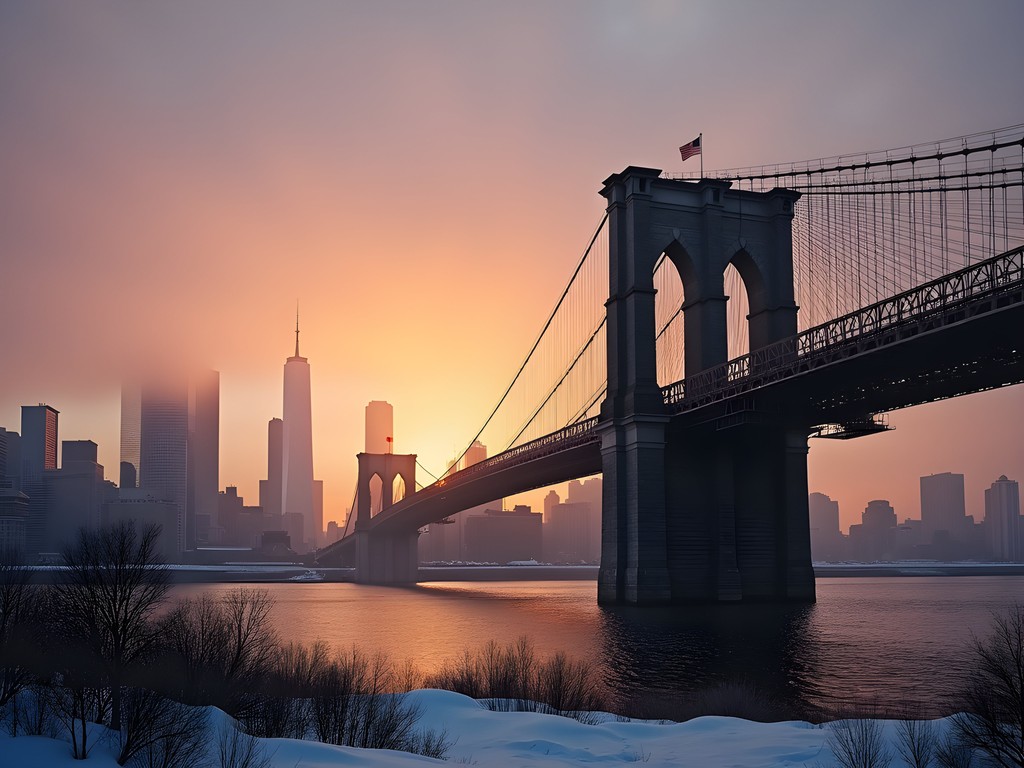
💡 Pro Tips
- Visit Brooklyn Bridge Park 30 minutes before sunrise for the best light on the Manhattan skyline
- Bring a microfiber cloth to protect your lens from snowflakes and condensation when moving between cold exteriors and warm interiors
- The Top of the Rock observation deck offers better winter skyline shots than the Empire State Building, as it includes the Empire State in your composition
Spring: Cherry Blossoms and Architectural Contrasts
Spring transforms New York City from monochrome to technicolor, offering photographers a fleeting window to capture some of the most ephemeral and beautiful contrasts in the urban landscape.
The crown jewel of NYC spring photography is undoubtedly the cherry blossom season at Brooklyn Botanic Garden. I time my visits for weekday mornings around 8am when the gardens first open—this gives about an hour of relatively crowd-free shooting before tour groups arrive. The Japanese Hill-and-Pond Garden provides stunning compositions where pink blossoms frame traditional architecture against the distant city skyline.
For a less crowded alternative, Roosevelt Island's cherry blossom trees along the East River offer spectacular foreground elements with the Queensboro Bridge and Manhattan skyline in the background. I've found that visiting during the golden hour (about an hour before sunset) creates magical backlighting through the blossoms.
Spring also brings the opportunity for fascinating architectural juxtapositions. One of my favorite spots is the High Line elevated park where new spring growth creates natural frames for the surrounding modern architecture. The section between 17th and 20th Streets offers particularly compelling contrasts between wild-looking plantings and sleek glass buildings.
Don't overlook Washington Square Park in spring, where the historic arch frames fresh greenery and street performers. I always pack my versatile zoom lens which gives me the flexibility to capture both environmental portraits and architectural details without constantly changing lenses.
For rainy spring days, the New York Public Library offers magnificent interior architecture bathed in natural light from its large windows. The reading room in particular becomes a photographer's dream on overcast days when soft, diffused light filters through the grand windows, illuminating the historic interior with a gentle glow.
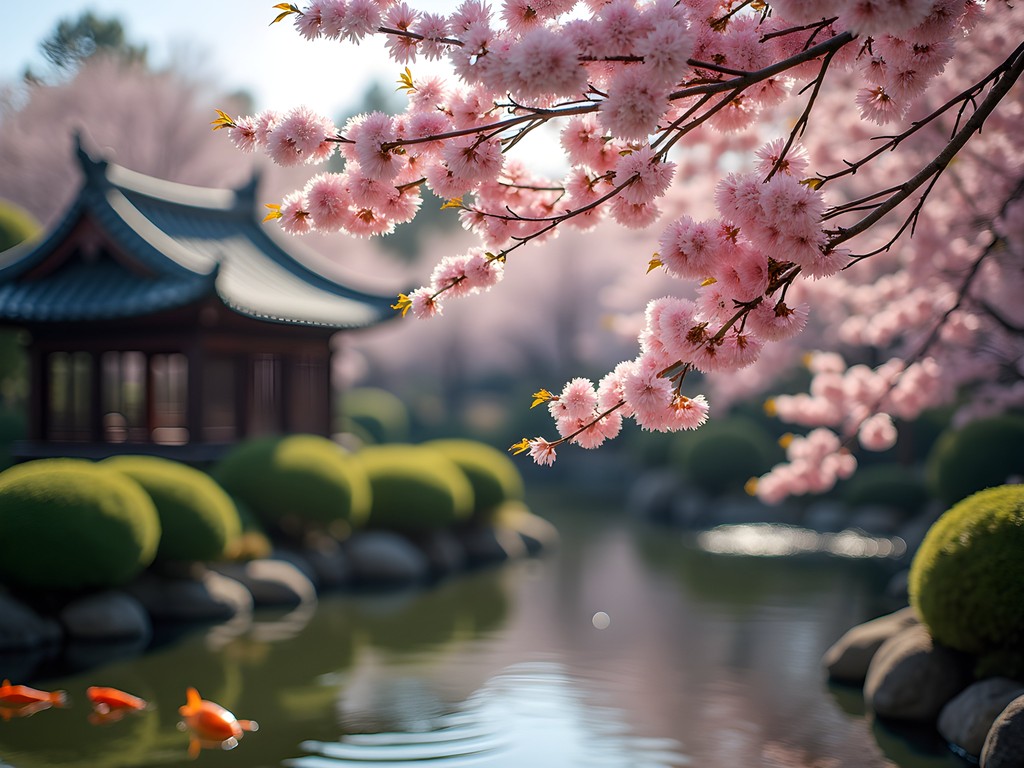
💡 Pro Tips
- Check cherry blossom forecasts online—peak bloom typically lasts only 7-10 days, usually in mid-April
- Use a circular polarizer filter to enhance the vibrant spring colors and reduce glare from wet surfaces after rain showers
- Visit the High Line on weekday mornings before 10am to avoid crowds in your compositions
Summer: Rooftop Views and Golden Hour Magic
Summer in New York City brings extended daylight hours and vibrant street life, creating endless opportunities for dynamic urban photography from both elevated perspectives and street level.
My absolute favorite summer photography experience is capturing the Manhattan skyline from rooftop bars and observation decks during sunset. The city takes on a magical quality as artificial lights begin competing with the fading natural light. For photographers, this creates about 30 minutes of perfect balance—what professionals call the "blue hour." My go-to spots include the rooftop at 230 Fifth Avenue (arrive by 7:30pm to secure a good spot) and the less-crowded but equally spectacular Westlight in Williamsburg, Brooklyn.
For a uniquely New York summer photo opportunity, head to Coney Island on a weekday evening. The vintage amusement rides against the backdrop of sunset and ocean create nostalgic, cinematic compositions. The Wonder Wheel is particularly photogenic when illuminated at dusk, and the boardwalk offers endless street photography opportunities as diverse New Yorkers enjoy summer traditions.
Summer is also prime time for capturing Central Park's Bethesda Fountain and Terrace surrounded by lush greenery. I've found that arriving around 7am on summer weekends provides beautiful light without the crowds. The arcade's arches create perfect natural frames for the fountain and lake beyond.
For architectural photographers, summer mornings bring dramatic light rays in locations like Grand Central Terminal. Between 8-10am on clear days, sunbeams stream through the east windows, creating theatrical light shafts through the terminal's iconic main concourse. My travel tripod has been essential for these shots, allowing me to capture long exposures that blur the moving commuters while keeping the architecture tack-sharp.
Don't miss the opportunity for summer night photography along the Brooklyn Heights Promenade, where you can capture long-exposure shots of the illuminated skyline reflecting in the East River. The ferry lights create beautiful light trails on the water when using exposures of 15-30 seconds.
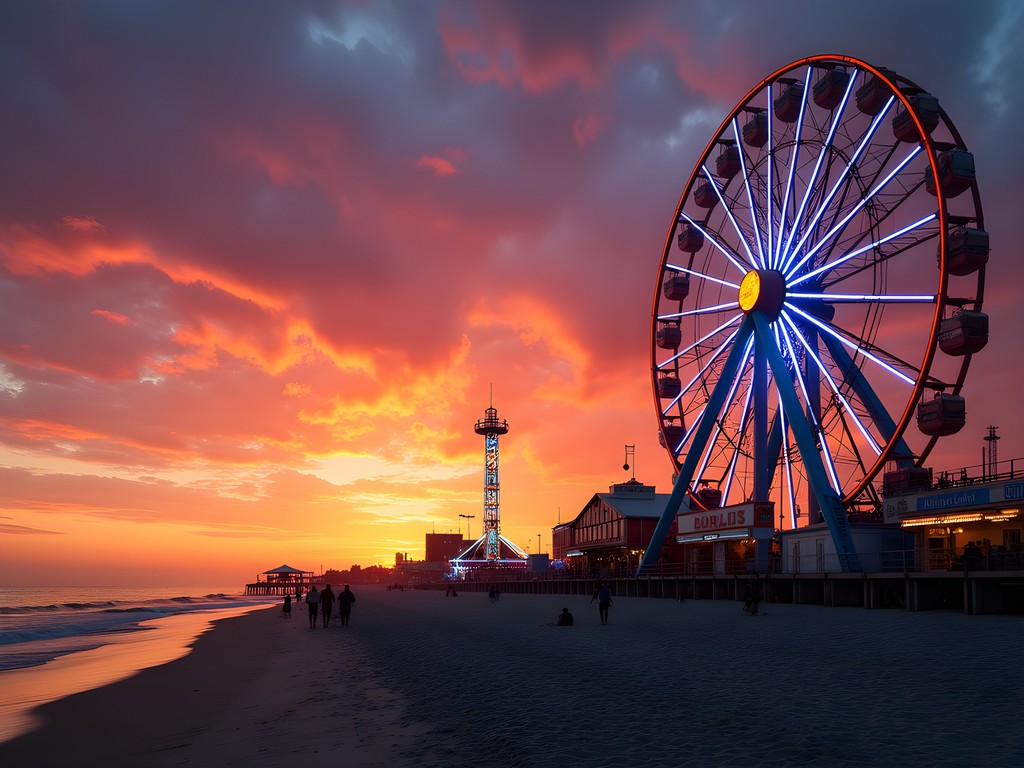
💡 Pro Tips
- Use a neutral density filter for long exposures of the Manhattan skyline from Brooklyn during the blue hour
- Protect your camera from summer humidity by storing it with silica gel packets when not in use
- For rooftop photography, bring a lens cloth to quickly clean your lens—summer humidity can cause condensation when moving between air-conditioned interiors and hot rooftops
Fall: Central Park's Foliage and Atmospheric Streetscapes
Fall in New York City transforms the urban landscape with rich amber and crimson hues, creating a photographer's paradise where nature's color palette enhances the city's architectural elements.
Central Park becomes the undisputed star of autumn photography in NYC. My favorite location within this 843-acre canvas is The Mall and Literary Walk, where stately American elm trees create a cathedral-like canopy that turns golden in late October. For the most magical light, arrive shortly after sunrise when the morning light filters horizontally through the trees, illuminating falling leaves and creating a natural spotlight effect on the pathway.
The Gapstow Bridge area offers another spectacular fall composition, with the stone bridge framed by colorful foliage and the Plaza Hotel and Midtown skyline in the background. This spot is particularly photogenic after a light rain when the wet stones contrast with vibrant leaves.
Outside of Central Park, Fort Tryon Park in upper Manhattan provides less crowded fall photography opportunities with equally stunning foliage. The medieval Cloisters museum within the park creates unique compositional elements where ancient European architecture meets North American autumn colors—something you won't find anywhere else in the city.
Fall also brings atmospheric conditions perfect for street photography. The combination of cooler temperatures and warm buildings often creates morning mist in areas like SoHo and the West Village. These historic neighborhoods with their distinctive cast-iron architecture and cobblestone streets become even more characterful when photographed in the ethereal autumn light. I've captured some of my most evocative NYC images by wandering these streets with my street photography lens during early morning fog.
For a uniquely New York fall experience, don't miss the Halloween Parade in Greenwich Village. This annual event offers incredible opportunities for vibrant night photography and cultural documentation. I recommend securing a spot along 6th Avenue near Waverly Place about an hour before the parade begins. The theatrical lighting and elaborate costumes create striking images against the historic Village backdrop.
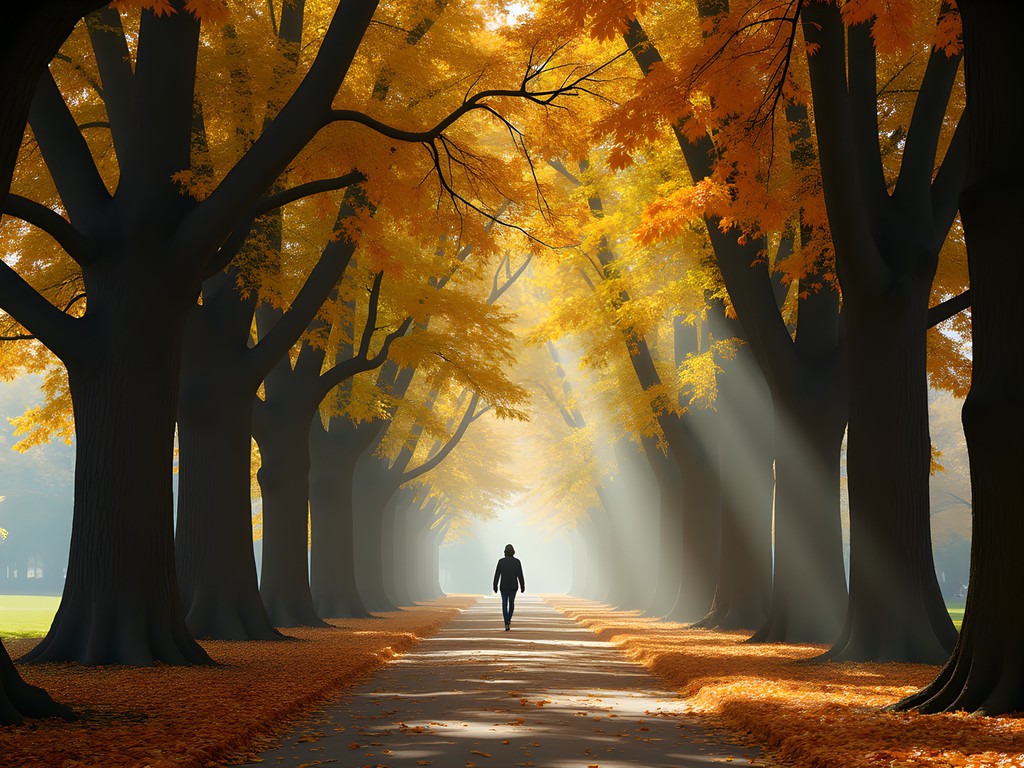
💡 Pro Tips
- Use a small aperture (f/11-f/16) when photographing Central Park's fall foliage to maximize depth of field and capture detail from foreground to background
- Check the NYC Parks Department website for fall foliage reports to time your visit for peak colors
- Bring a lightweight camera rain cover for unpredictable fall weather—some of the most dramatic shots happen just after rain showers
Year-Round Photography Gems and Technical Considerations
Beyond seasonal specialties, New York offers several locations that deliver exceptional photography opportunities throughout the year, each with their own technical considerations.
The Top of the Rock observation deck consistently provides the best skyline views in Manhattan. Unlike the Empire State Building, this vantage point allows you to include that iconic structure in your compositions alongside Central Park. For photographers, the key advantage here is the open-air viewing areas without safety glass that can compromise image quality. I recommend visiting about 45 minutes before sunset to capture both daylight and blue hour shots from the same location. Tripods aren't permitted, so I rely on my camera's image stabilization and the sturdy railings for support during longer exposures.
Grand Central Terminal offers spectacular interior architecture photography regardless of season or weather. The key here is timing—visit between 10:30am-noon on weekdays for fewer crowds but still enough people to create a sense of scale and movement. The afternoon light through the west-facing windows creates beautiful highlights on the marble surfaces.
The Staten Island Ferry provides free access to one of the best harbor views of Manhattan and the Statue of Liberty. This 25-minute ride offers constantly changing perspectives of the skyline. For the best shots, position yourself at the right rear corner of the ferry (when leaving Manhattan) or the left front corner (when returning). The ferry runs 24 hours, but sunset departures from Manhattan create the most dramatic lighting conditions.
For wildlife photographers, Bryant Park hosts remarkable raptor activity year-round. As a veterinarian, I've spent countless hours documenting the red-tailed hawks that hunt here, particularly during morning hours when the park is quieter. A telephoto zoom lens is ideal for capturing these urban predators without disturbing their behavior.
Regardless of season, New York's constantly changing light conditions demand technical flexibility. I always carry neutral density filters for long exposures, a polarizer for managing reflections, and extra batteries—the cold of winter and the constant shooting of photogenic locations can quickly drain power.
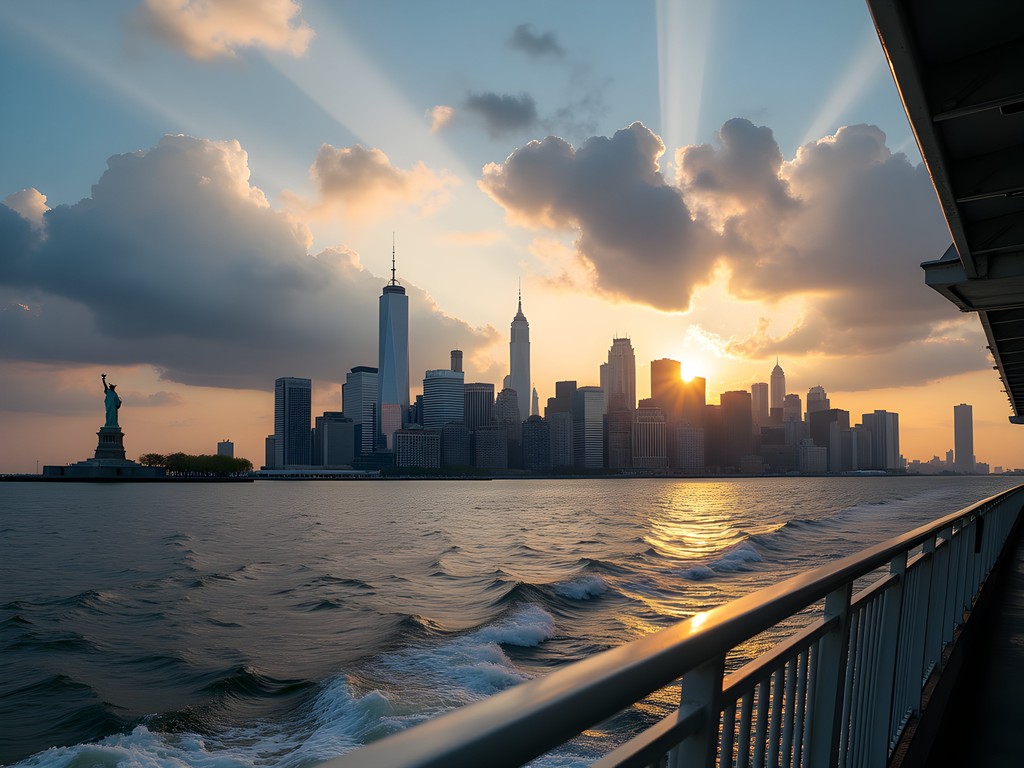
💡 Pro Tips
- The Staten Island Ferry is free and runs 24/7, offering one of the best views of the Manhattan skyline and Statue of Liberty
- When photographing iconic buildings like the Flatiron, use a telephoto lens from several blocks away to compress perspective and reduce distortion
- Visit popular locations during 'shoulder hours'—early morning or early evening—to avoid both crowds and harsh midday light
Final Thoughts
New York City's photographic personality transforms with each passing season, rewarding those who return throughout the year with entirely different visual experiences. As both a scientist and an artist, I find myself continually drawn back to document how light, weather, and seasonal changes transform familiar landmarks into new compositions waiting to be discovered. The city's architectural marvels provide consistent structural elements, while nature—whether through cherry blossoms, dramatic skies, fall foliage, or snow—adds the dynamic variables that keep photography here endlessly fascinating. Whether you're visiting for a weekend or living in the city, I encourage you to explore beyond the postcard shots. Look for interactions between light and structure, seek out wildlife in unexpected urban settings, and don't be afraid to revisit the same locations as seasons change. The concrete jungle reveals new secrets with each visit, if only we remember to look up from our viewfinders occasionally and simply observe.
✨ Key Takeaways
- Timing is everything—visit popular locations during 'shoulder hours' (early morning/evening) for the best light and fewer crowds
- Each season transforms familiar NYC landmarks into completely new photographic opportunities
- Some of the best views are free—the Staten Island Ferry, Brooklyn Bridge Park, and many rooftop views cost nothing but offer million-dollar compositions
- Weather changes (fog, rain, snow) that might initially seem disappointing often create the most atmospheric and unique photographic conditions
📋 Practical Information
Best Time to Visit
Year-round, with each season offering unique photographic opportunities
Budget Estimate
$300-500 per weekend (accommodations, transportation, food)
Recommended Duration
2-3 days per season
Difficulty Level
Intermediate
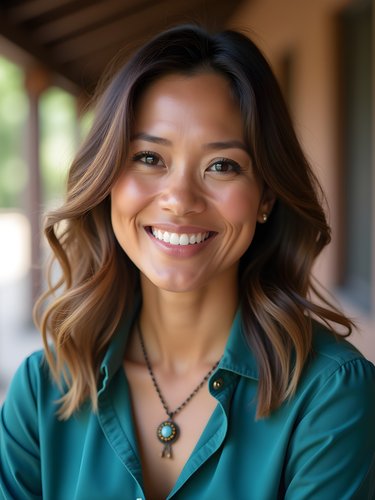
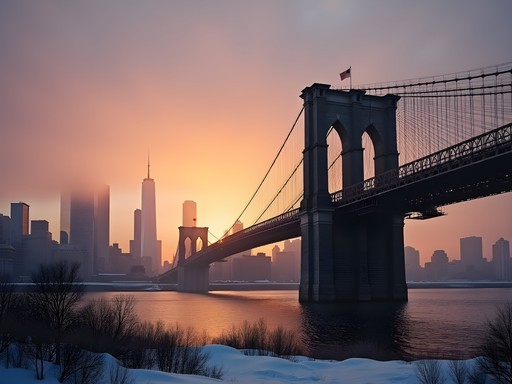
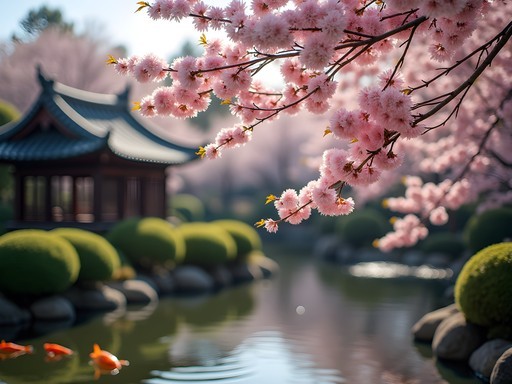
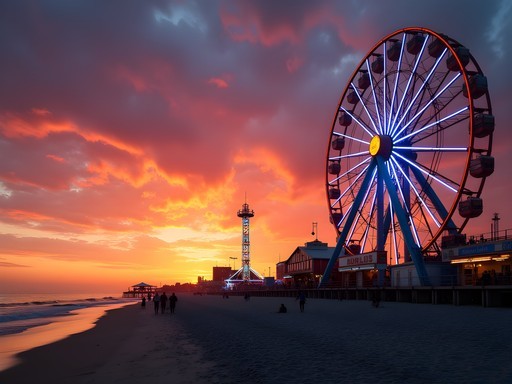
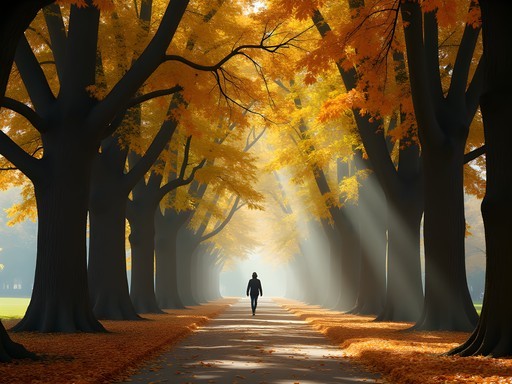
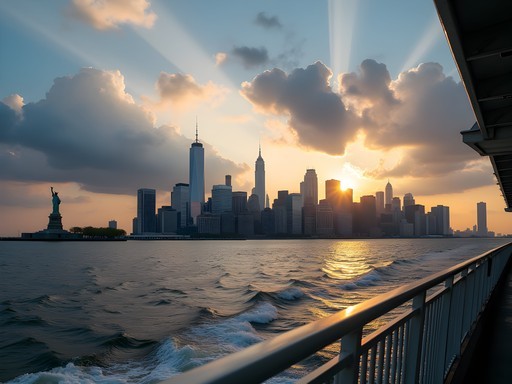


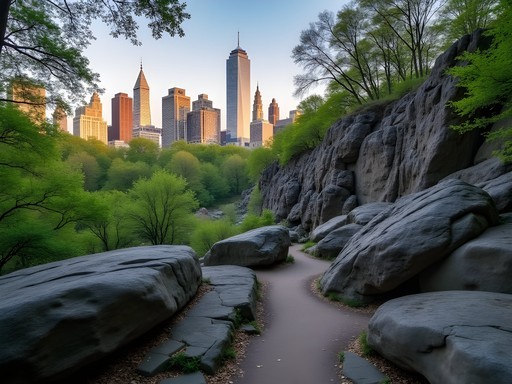
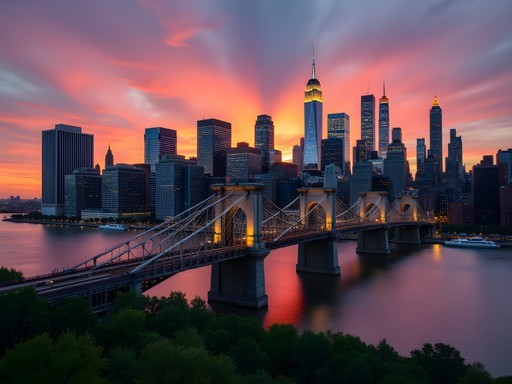
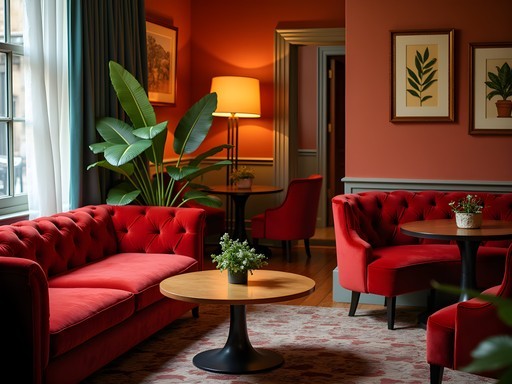





Comments
globewalker
Pro tip from my last NYC trip: for summer rooftop shots, check if your hotel has roof access! Many midtown hotels have amazing views that aren't as crowded as the observation decks. Our hotel near Bryant Park had an incredible view of the Empire State Building that we had completely to ourselves at sunset.
winterqueen
Which hotel was that? Sounds perfect!
globewalker
It was the Archer Hotel! Not the highest rooftop in the city but the view was unobstructed and the bar up there makes great drinks too!
Jean Wells
After 30 years of photographing cities worldwide, I've found New York's seasonal transformations uniquely dramatic. For winter photography, I recommend visiting after a snowfall but before plowing begins - usually very early morning. The contrast of fresh snow against the urban landscape creates remarkable monochromatic compositions. The Oculus transportation hub is particularly striking in winter light, with its white ribs catching the low-angle sun. Roosevelt Island Tramway also offers exceptional winter perspectives of Manhattan's skyline through its windows - an often overlooked vantage point.
dreamqueen
That spring cherry blossom shot at Brooklyn Botanic Garden is PERFECTION! 😍
oceanstar
Visiting NYC next month (November) - is it too late to catch any of the fall colors? Or should I focus more on the winter spots?
Jean Wells
Early November can still have beautiful foliage, especially in sheltered areas of Central Park. However, prepare for both scenarios. The transitional period has its own photographic charm - bare branches against stone architecture create wonderful geometric patterns. Don't miss the Bethesda Terrace arcade for beautiful light play regardless of season.
oceanstar
Thanks Jean! Bethesda Terrace is now on my list!
Casey Andersson
Absolutely adore this seasonal breakdown! On my last NYC trip, I discovered the Brooklyn Heights Promenade at sunset during summer - the Manhattan skyline literally glows gold across the water. I'd add that to your summer list! Also, for winter photography, I found my hand warmers essential for those long exposure night shots when you're standing still in the cold. Nothing ruins a perfect shot like shaky, frozen fingers!
winterclimber
Brooklyn Heights Promenade is such a gem! I'd also recommend DUMBO for that classic shot of the Manhattan Bridge with the Empire State Building framed perfectly between the supports. Go early morning on weekdays to avoid crowds.
islandway
I was in NYC last fall and totally messed up my Central Park shots - went too late in the season when most leaves were gone! Casey, your timing advice is spot on. The contrast between the rusty leaves and the skyscrapers in the background is what makes those shots magical. Saving this guide for my next trip!
Casey Torres
Thanks islandway! Yes, timing is everything with fall foliage. Usually the last week of October through the first week of November is the sweet spot, but it varies year to year. I always check the NYC Parks fall foliage tracker online before planning a shoot.
winterqueen
Those fall photos of Central Park are incredible! Adding this to my bucket list.
wanderlust_emma
Saving this for my trip in October! Those fall photos are giving me life! 😍
NYCnative82
Great post! Local tip: For amazing summer sunset shots, head to Gantry Plaza State Park in Queens. You get the entire Manhattan skyline with the sun setting behind it. Way less crowded than the Brooklyn spots everyone knows about.
Hunter Thompson
Gantry Plaza is such a hidden gem! Used it for a timelapse last summer and the results were insane. The old ferry gantries in the foreground give such interesting framing too.
explorephotographer
Love that spring cherry blossom shot! Where exactly in Central Park was that taken?
Casey Torres
Thanks! That was at the Cherry Hill fountain area, just west of Bethesda Terrace. Early April is usually peak bloom time!
explorephotographer
Perfect! Adding it to my list for next spring. Your lighting in that shot is incredible.
Venture X
Premium card with 2X miles, $300 travel credit, Priority Pass